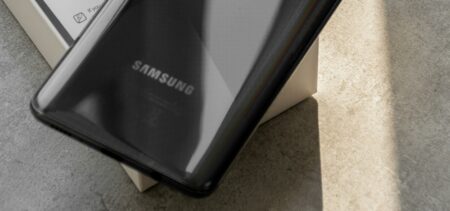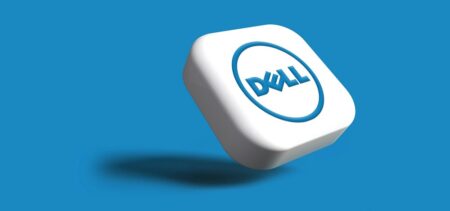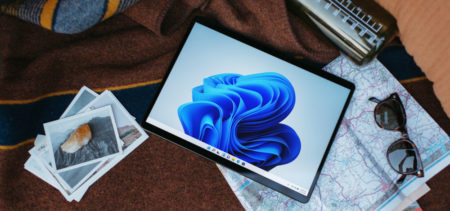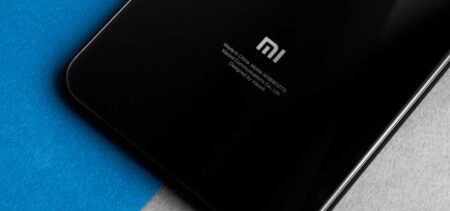We have already presented 3D printing and some of its future possibilities – here. This time the novelty resides in the procedure used for printing and the funding involved – making Carbon3D a very interesting topic. This surprising startup has been going through rounds of funding and managed to raise interest and money from the necessary entities – all these while remaining under the radar.
Or at least so it happened until August 2015.
The Carbon3D Company is based in Redwood, California. It just made the list of new technologies that raised enough trust and interest to stimulate a valuation of over one billion U.S. dollars.
The buzz on Carbon3D
Bloomberg Business reported on August 20, 2015 that a private undisclosed source released the one billion information, along with the size of the Google Ventures investment – 100 million dollars. The C round, led by Google, brought on other investors like Russian billionaire Yuri Milner, or Reinet Investments. Other previous investors are Sequoia Capital, Silver Lake Kraftwerk and Northgate Capital. Sequoia Capital actually led Series A round of financing for Carbon3D in 2013.
“Carbon3D’s technology has the potential to dramatically expand the 3D printing market beyond where it stands today and reshape the manufacturing landscape.” – this statement, coming from Andy Wheeler, General Partner at Google Ventures, is particularly important.
Why? Because the hint here would be the use of “manufacturing landscape”.
As we previously noted in our article, the real stakes in 3D consist in remodeling the entire manufacturing sector. Moving part of the production chain in the consumer’s homes or simply allowing geographical independence is a future projection that agrees with the investors, as we may well see from this Carbon3D case. The CLIP technology is also considered a game-changer because it “is an order of magnitude faster than existing technologies”.
The technology involved in Carbon3D
Inspired by Terminator 2, or at least rumored like this on the Internet, the “Continuous Liquid Interface Production,” or CLIP, prints objects in a pool of resin that lets in light and oxygen. The light is a catalyst for solidifying the resin (photopolymerization), while the oxygen inhibits solidification when the model requires it.
The entire process is made possible by a special transparent and permeable window that lets both light and oxygen through, in calculated amounts. The zone induced by the oxygen is dubbed the “dead zone”. The UV light is used in producing a series of cross-sectional images in a way similar to movie projecting.
The game-changer featured on the technology presentation page is the speed of the process itself. In a comparative analysis, we can see that CLIP performs in 6 and a half minutes what other technologies realize in 3 hours (Polyjet), or even 11 hours (SLA).
Another objective would be 3D printing of plastic shapes impossible so far in manufacture. Steel would be replaced by polymers or other materials needed in certain airplane or machine components. The finished parts are smooth, which is another improvement in 3D printing performance.
It is useful to remember that generally, so far, the extruding process used in 3D printing presumes a slow process during which layer over layer of material is added via an extruder nozzle.
The plan
Carbon3D already works with Ford and a dozen of manufacturers producing various items from electronics to car parts. It has a plan of selling industrial-sized 3D printers towards the end of 2015. Now that Google has invested in this startup, we may expect to hear more and more about it.
The company’s CEO is Joseph DeSimone, the man behind the CLIP process and the one who allegedly took his inspiration from Terminator.
The Carbon3D demo
You can check out how the CLIP prototype prints a shape in this YouTube movie (1.01 minutes, 7 times the real speed of the process).
The process is mesmerizing and, although we know it is professionally filmed, and made to look attractive, it still remains amazing to watch.
The possibilities
Faster and more versatile 3D printing machines may replace industrial machines in a closer future than we might have imagined.
Small, personalized items could be printed at home or in special centers closer to the customer, saving time and money on transportation. Simply pay for the digital blueprint and get it printed once – if you just bought one piece, or multiple times – if you bought a stack of merchandise.
Food printing is still at the beginning and seems to go entirely in the opposite direction from the eating more naturally trend. Yet it might be a solution for some problems – and having more efficient 3D printers would help developing food printing.
Many other possibilities may also appear, some maybe never heard of, for such technologies.
As a commenter to the YouTube film mentioned, once Sci Fi, now just Science.













































